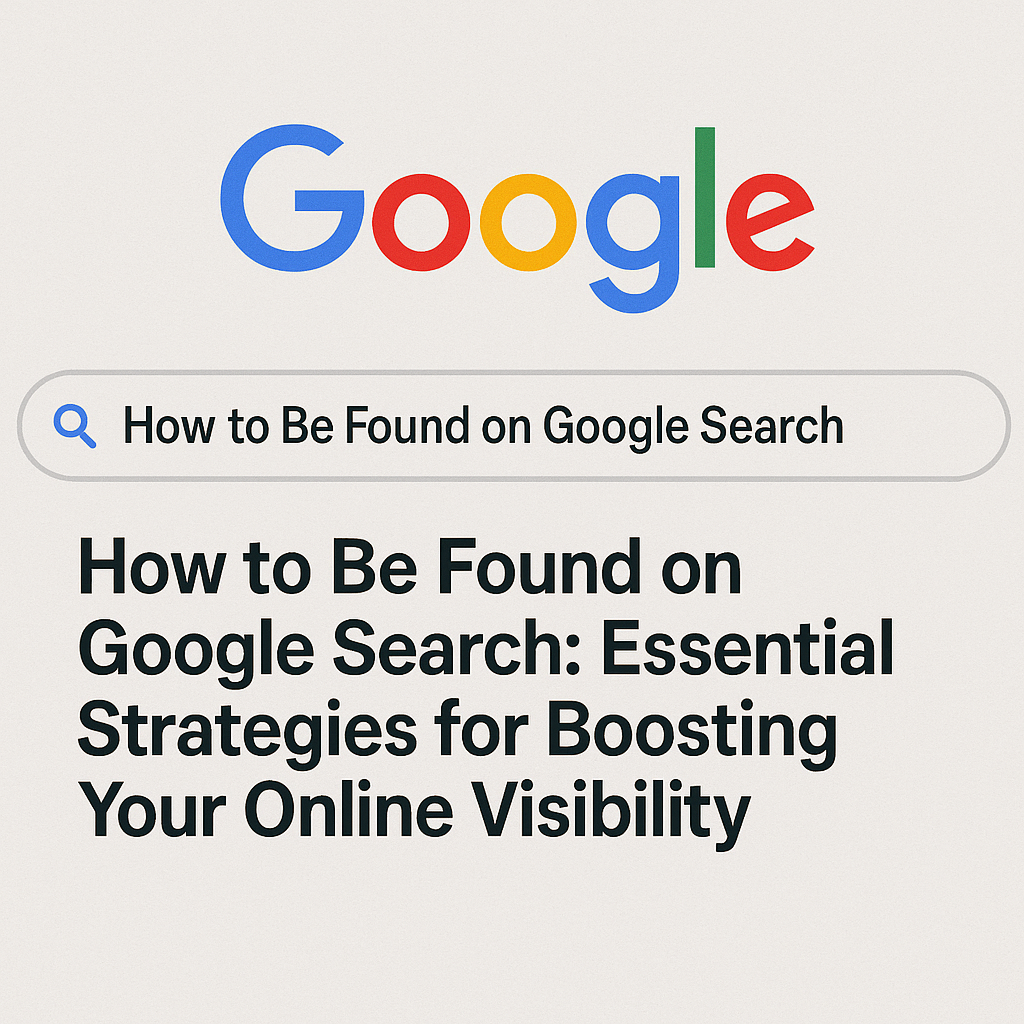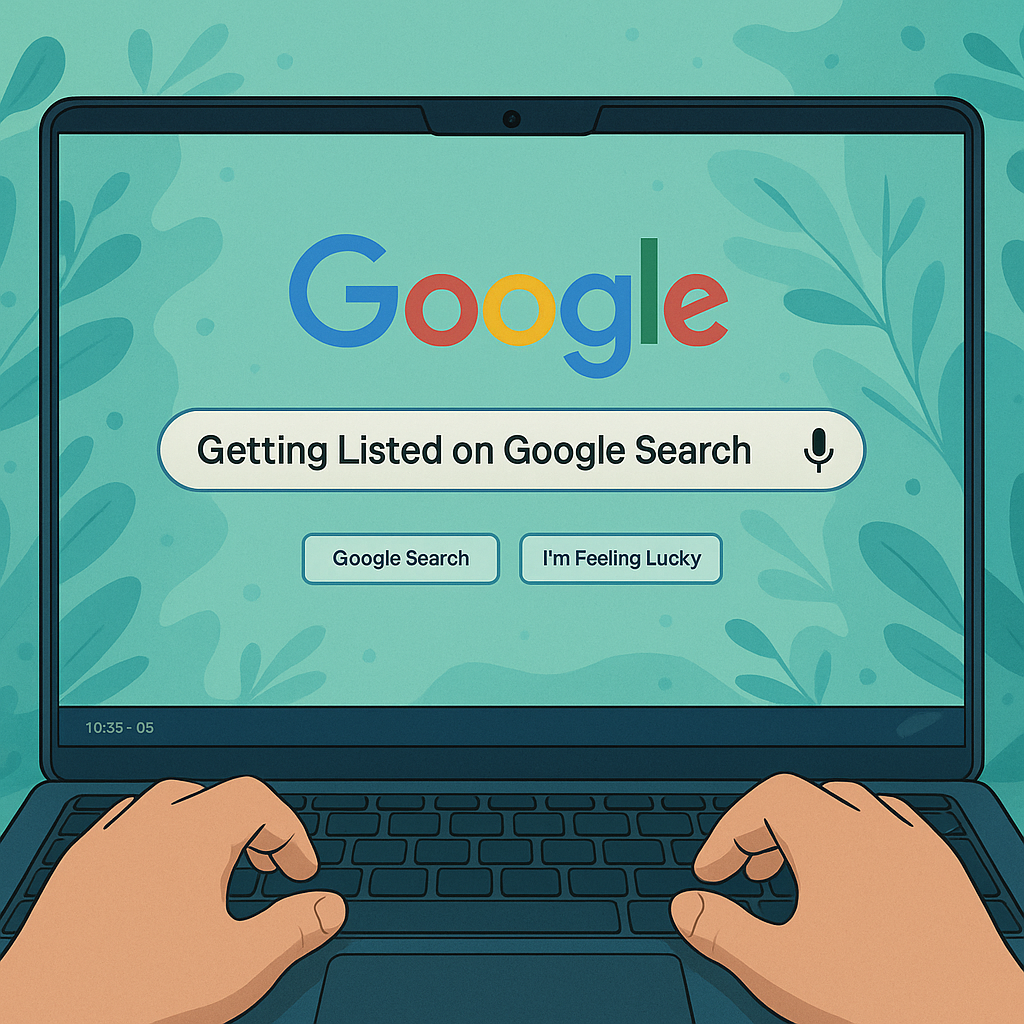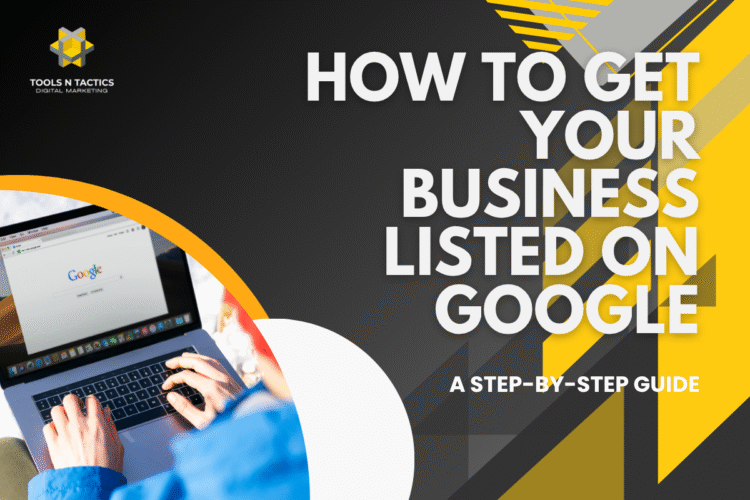

How to be found on Google Search isn’t a mystery—it’s a matter of using smart SEO techniques, publishing high-value content, and staying ahead of algorithm updates. Increasing your website’s exposure and drawing in new visitors requires Google Search promotion. Your website will rank better if you use Search Engine Optimization (SEO) strategies, which will make it simpler for potential clients to locate you.
Your local exposure can be improved by using Google My Business, particularly if you provide services in a particular area. Relevant backlinks and regular content updates are also essential for raising your ranking in search results. Using social media and educational material to interact with your audience may help increase the popularity and traffic of your website.
With the right blend of SEO practices and strategic promotion, you can effectively increase your reach on Google Search. Make your website a go-to resource for your target audience, and watch your online presence grow.
Understanding How Google Search Works
Google Search employs a sophisticated procedure that consists of several elements to provide users relevant results. Gaining an understanding of how these elements function might improve your online exposure and online presence.
Crawling and Indexing
Crawling is the first stage in which Google searches the web using automated bots called crawlers. In order to find fresh material, these crawlers browse websites and click on links. They learn more about each page as they browse. After then, this information is kept in Google’s index, which functions as a vast library of every webpage that Google has found. Your website has to be easily crawlable in order to be found. Make sure your website is properly organized, has sitemaps, and makes good use of robots.txt files to tell crawlers which pages to visit.
Google’s Ranking Algorithm
Google’s proprietary algorithm examines its extensive index once a search query is entered to deliver pertinent results. Numerous aspects are taken into account by this algorithm, including user experience, mobile friendliness, website load speed, and keywords. Pages are ranked according to their authority and relevancy for the search phrase. The subtleties of this ranking system must be understood. To raise your site’s score, focus on creating high-quality content that meets user intent, optimizing on-page elements like meta descriptions and titles, and acquiring reliable backlinks.
The Role of Search Engines
People turn to Google for quick answers. It cuts through the noise and brings them what matters most. To do that well, Google’s always evolving—its algorithm shifts to improve results and user experience. And if you want to stay visible, you’ve got to evolve with it. That means more than just chasing updates. It’s about creating content that’s actually helpful and optimized.
Essential SEO Strategies for Discoverability
It is imperative that you use knowledgeable SEO if you want to appear on Google. Your exposure may be significantly increased by elements like mobile-friendly design, strong on-page SEO, and astute keyword analysis. When done correctly, they assist your website move up the search results and get discovered by the proper individuals.
Keyword Research and Usage
A solid keyword research approach is the cornerstone of every SEO plan. Find out what relevant search phrases your target audience uses initially. Tools like Google Keyword Planner and SEMrush can help you find high-volume keywords linked to your business.
Create a list of these terms and use them carefully in your writing. Include them in the text’s body, headers, and meta descriptions. Avoid keyword cramming and instead strive for a natural flow. Search engine ranking and user experience are both improved by this. Keep up with the latest developments in search trends by updating your keyword approach on a regular basis.
On-Page SEO Optimization
Think of on-page SEO as the foundation of your website’s visibility. It’s all about what you can control directly on your pages to rank better. Start with page titles and meta descriptions—make them keyword-rich and compelling. That way, you not only show up in results but also get people to actually click.
H1s and H2s are header tags that you may use to arrange your content. It facilitates skimming by readers and helps search engines grasp the main idea of your article. Include internal links to help people navigate your website more thoroughly and to promote your site’s SEO. Additionally, don’t neglect your photos; include descriptive alt language to help search engines (and screen readers) identify them and compress them to make them load faster.
Mobile-Friendly Website Development
People are conducting more searches on their phones than ever before. So, simply said, if your website does not operate effectively on mobile, you will lose visitors. A responsive design guarantees that your site adapts to all screen sizes without annoying users.
Speed matters too. Utilize resources such as Google PageSpeed Insights to identify your slowest areas. Optimizing for mobile is now required since Google employs mobile-first indexing. Avoid lengthy scrolling, maintain a basic navigation, and keep your design simple. If your website is easy to use while on the road, users are more likely to stay on it.
Building Your Online Presence


If you want people to find you online, you need a presence, not simply a website. That entails appearing where your target audience is seeking, asking questions, and looking for answers. It all starts with great content and an SEO-optimized website.
Creating Valuable Content
Content is how you earn trust and attention online. But not just any content—it has to be useful, relevant, and actually interesting to the people you’re trying to reach. Think about what your audience is searching for. What questions are they asking? What problems are they trying to solve?
Tools like Google Trends or keyword research platforms can help you zero in on topics that matter in your space. Then create blog posts, guides, or videos that answer those questions clearly and authentically. If your content helps them, they’ll come back—and search engines will notice too.
Types of content to consider:
- Blog posts: Write informative articles that answer common questions or solve problems.
- Videos: Create engaging videos that provide tutorials or insights related to your business.
- Infographics: Use visuals to simplify complex information, making it easily digestible.
Publishing content once in a while won’t cut it. Maintaining consistency fosters trust and encourages repeat business. Establish a reasonable timetable and follow it. If done correctly, even one outstanding post every week may have an impact.
As you create, keep SEO in mind. Use keywords your audience is already searching for, but work them in naturally. When search engines can easily understand your content, it’s more likely to show up in the results that matter.
Optimizing Your Blog or Personal Website
Think of your website as a digital marketplace. If it’s cluttered, difficult to use, or takes too long to load, they will go. Design it to be sleek, mobile-friendly, and easy to browse since first impressions count.
Make your material easily navigable so users can locate what they’re looking for. Not only do well-designed structures benefit users, but they also make it easier for search engines to scan and index your website, increasing your chances of ranking higher.
Key optimization strategies include:
- Website speed: Ensure fast loading times for a positive user experience.
- SEO practices: Use relevant keywords in titles, meta descriptions, and headers to improve search engine rankings.
- Call-to-action buttons: Incorporate clear CTAs to guide visitors toward desired actions, such as signing up for a newsletter or making a purchase.
Keep your website fresh. Outdated content can turn visitors away and hurt your rankings. Regular updates show both users and search engines that your site is active and relevant.
Use tools like Google Analytics to see what’s working and where people drop off. That data helps you fine-tune your strategy over time.
When you stay consistent, make smart updates, and back it all with data, your online presence grows—and so does your traffic.
Getting Listed on Google Search


Improving your internet presence requires being listed on Google Search. You’ll need to take certain actions, such as setting up a Google Account, making use of Add Me to Search, and enhancing your visibility with People Cards.
Setting Up a Google Account
You have to register for an account before you may be discovered on Google. Among the various Google services you may utilize with this account is Google My Business, which is essential for local SEO. Enter your details to create a Google account. For increased awareness, choose a pertinent business email.
Verify your account using the email Google sends you when it has been set up. Make sure you include a profile photo and accurate information to your profile. Google is more likely to feature your business on its search engine results page if you do this.
Using Add Me to Search
People may become included on Google Search without a traditional website by using the Add Me to Search option. You must visit the “Add Me to Search” page and complete the directions in order to use this. Professionals that wish to increase their exposure may find this strategy especially beneficial.
Enter your name and occupation in the essential areas. You may also provide links to your contact information and social media accounts. Finish the verification procedure, which usually includes calling or emailing someone to confirm your identification. Creating this listing makes you more visible in Google searches pertaining to your area of expertise.
Creating People Cards
People Cards are a new feature that enables individuals to present their information prominently on Google Search. To create a People Card, you must have a Google Account first. Look up “Add me to Search” on Google after logging in. You may next submit your information, including your bio, social media connections, and employment.
Use keywords that are relevant to your industry to increase discoverability. Your People Card will be reviewed when it is submitted. It will appear in search results when it is authorized, making it easier for others to find and contact you.
Increasing Awareness for People and Companies


Both personal branding and business expansion depend on having a strong online presence. Visibility may be greatly increased by using strategies designed for different audiences. Personal branding, local and regional search optimization, and performance measurement for ongoing development are all covered in this area.
Personal Branding for Influencers, Entrepreneurs, and Freelancers
Building a solid personal brand can set you apart from competitors. For influencers, showcasing a unique voice through social media is crucial. Share pertinent material on the channels where your audience is most engaged. Entrepreneurs and freelancers should design a professional website that highlights their skills, products, and customer testimonials.
In order to benefit from social proof, encourage satisfied clients to post evaluations. Engage with followers regularly to foster connections and promote authenticity. Use targeted keywords to make your profile discoverable. Searching for your name should lead to positive results, reflecting your expertise and influence in your field.
Optimizing for Local and Regional Search
Local search optimization is essential for local companies. Make sure you have current and complete Google Business Profile information. This entails images, operating hours, and geographical information. Utilize resources such as Google My Business Insights to track how users find your listing.
Local searchers in nations like South Africa, Nigeria, and Kenya frequently hunt for services in their area. Make use of keywords appropriate to your location in both your content and your website. Customers may increase their presence in search results by publishing local reviews. Keep a close eye on your local rankings to spot areas that need work.
Measuring Search Performance
Monitoring search results is crucial to comprehending your visibility. To evaluate user activity and website traffic, employ analytics software such as Google Analytics. To measure engagement, examine indicators like bounce rates and session lengths on a regular basis.
Establish clear objectives, such as raising local search ranks or organic traffic. Make the necessary adjustments to your SEO tactics in light of your results. Metrics may be used to identify both methods that are effective and areas that need improvement. You may be sure that your efforts will eventually result in observable improvements if you use this data-driven technique.
Frequently Asked Questions
In this section, you will find practical information regarding key actions to enhance your business’s visibility on Google. Each answer provides insight into specific tools and strategies that can make a significant difference in how your business is found online.
How can I register my business with Google My Business?
To register your business, visit the Google My Business website. Click “Manage now” and enter your business name and address. Once verified, you can optimize your profile with details like hours, services, and images to attract more customers.
What steps are involved in using Google Search Console to improve my website’s visibility?
Start by verifying your website in Google Search Console. Next, submit your sitemap to help Google index your pages. Monitor performance data, fix any issues, and analyze which keywords drive traffic to make informed SEO improvements.
What are the best practices for showing up on Google Maps?
Ensure your business information is complete and accurate on Google My Business. Encourage customer reviews, maintain consistent NAP (Name, Address, Phone) details, and respond to inquiries promptly. Adding high-quality images can also enhance your listing’s appeal.
How can I ensure my website appears in Google Search results?
Focus on on-page SEO by using relevant keywords throughout your content, optimizing title tags, and meta descriptions. Create high-quality backlinks and maintain a mobile-friendly design to improve your site’s chances of appearing in search results.
What are the guidelines for creating a Google Business Profile?
Follow Google’s guidelines by providing accurate business information, including a category that correctly describes your services. Use engaging photos, keep your hours updated, and regularly post updates or offers to keep your profile relevant.
Is there a way to feature my website on Google Search at no cost?
Yes, utilizing organic SEO strategies allows you to feature your website without paid ads. Focus on creating valuable content, optimizing for search engines, and promoting your website through social media to attract organic traffic for free.
You’ve got the tools—now it’s time to apply the tactics. Start implementing these SEO strategies to boost your visibility and bring more customers to your site.
Not sure where to begin?
Let Tools N Tactics guide your next move. Get in touch today and turn searches into sales.




